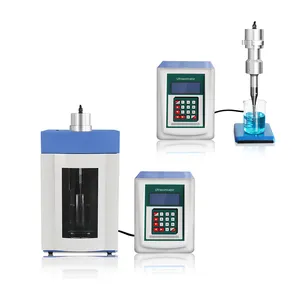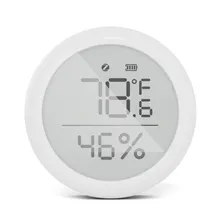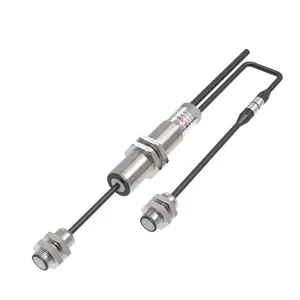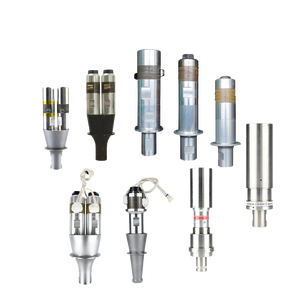Exploring Ultrasonic Transducer Technology
Ultrasonic transducers are pivotal components in a variety of equipment, serving as both emitters and receivers of ultrasonic waves. These devices convert electrical energy into sound waves and vice versa, facilitating numerous applications across diverse industries.
Types and Applications
The scope of ultrasonic transducer types is broad, encompassing designs tailored for specific functions. Common applications include level sensing in tanks, obstacle detection in vehicles, and structural analysis by civil engineers. Each application demands a unique set of specifications, from short-range proximity sensors to long-range detection systems.
Operational Features
The operational principle of an ultrasonic transducer hinges on the transmission and reception of sound waves. These waves, upon encountering an object, are reflected back to the transducer, which then processes the signal into readable data. This mechanism is integral to the functionality of distance measuring instruments and various detection systems.
Material and Design Considerations
Materials used in ultrasonic transducer design are chosen for their acoustic properties, which influence the efficiency and sensitivity of the device. Piezoelectric materials are commonly employed, as they exhibit the necessary conversion capabilities between electrical and acoustic energy.
Advantages of Ultrasonic Transducers
The advantages of utilizing ultrasonic transducers are manifold. Their non-intrusive nature allows for measurement without contact, making them ideal for applications involving sensitive or corrosive materials. Additionally, their versatility in various environments makes them indispensable in many industrial and commercial settings.
Selecting the Right Ultrasonic Transducer
When considering an ultrasonic transducer sale, selecting the appropriate model for your application is crucial. Factors such as range, frequency, and material compatibility must be considered to ensure the transducer meets the specific needs of the task at hand.









































 浙公网安备 33010002000092号
浙公网安备 33010002000092号 浙B2-20120091-4
浙B2-20120091-4